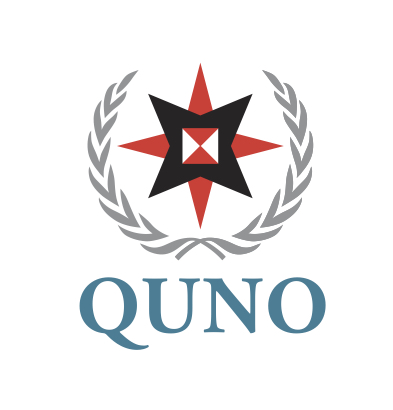This paper serves as a call to action for all stakeholders involved in the GCM Regional Reviews, urging them to enhance meaningful participation of migrants. While the aim is to amplify representation, the document emphasizes the inherent diversity among migrants, highlighting that no single entity can universally articulate the experiences of such a varied group. The paper encourages intentional engagement with migrants associated with organized groups and networks, recognizing their potential to contribute collaboratively to policy development and advocacy efforts.

International Standards on Conscientious Objection to Military Service 2025
This updated paper lays out the ways in which conscientious objection has been recognized and is protected under human rights treaties and mechanisms, taking into account developments in international standards that have occurred since the 2021 edition. These strengthened standards can be used by front line organizations as a tool to limit suffering, improve lives and challenge root causes of injustice. Available in English, Spanish, French, and Russian.
